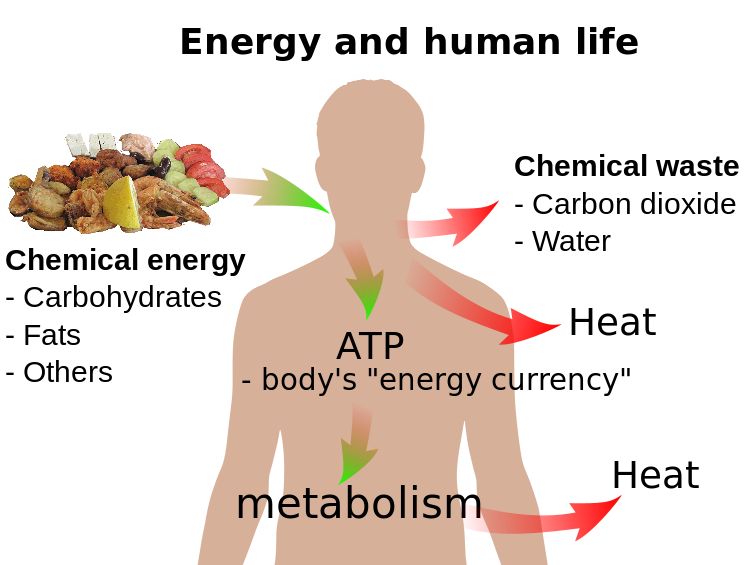|
So what forms the basis - what are the necessary conditions for us to lose fat? To lose fat you must create a calorie deficit. Simply put, a calorie deficit refers to consuming less energy (i.e. food) than your body requires or expends in a given period of time (typically measured within a 24 hour period). Now, the common MISTAKE made by dieters and CICO “deniers” is assuming that CALORIES IN literally refers only to the total (known) numerical value of calories eaten/drank and that CALORIES OUT literally refers only to calories “burned” through exercise - and for some slightly more acquainted with bioenergetics, resting metabolic rate.
CALORIES IN Calories-In is relatively simple: it’s the food you digest. However, the calorie content of food is imperfectly determined and calorie availability can vary between species/variety/source and even due to the degree of processing involved. These are small inconsistencies, but inconsistencies nonetheless. For example, dietary fiber cannot be digested through typical enzymatic action in our small intestine (we do not produce cellulase). So even though fiber HAS calories, it doesn't mean we "absorb" those calories. However, gut flora in our large intestine can - through fermentation - convert fiber into short-chain fatty acids. Those SCFA can translocate from the intestinal lumen into circulation, yielding calories. Thus, the composition of your gut flora influences your CALORIES IN, and that composition differs between people, and across your lifespan. CALORIES OUT This gets more complicated. CALORIES OUT is not simply represented by what the treadmill tells you. You inhabit a living body that, whether you are conscious of the fact or not, is perpetually dependent on energy availability. In short, CALORIES OUT may be summed up as:
IMPORTANT CAVEATS:
So was this client actually in a caloric deficit when she came to me? According to the equation, yes - according to real-life, NO! By definition, because she was not losing weight she was NOT in a caloric deficit. It's important to remember that equations are crude estimations of calorie needs, and just exactly how efficiently individuals digest and utilize/partition the food molecules they eat is unique to them. Activities like resistance training stimulate muscle protein synthesis (MPS) to a large enough degree that we can actually see its effect in 1-2 months - which is pretty amazing to think about! The food you eat literally forms the essential elements of contractile muscle! Because we created a demand for protein and energy (in the molecular form of ATP), we robbed her adipose (fat cells) to maintain, build, and repair actively trained muscles. Training created the deficit, but it also told her body what to do with her food: Burn the Fat, Feed the Muscle!
0 Comments
Your comment will be posted after it is approved.
Leave a Reply. |
NANAIMO'S BEST kettlebell group, strength & fitness classes | (250) 713-1262
CategOries
All
Archives
February 2024
|
Get Social! |
Closer Than You Think!11 Giggleswick Pl
Nanaimo, BC V9S 2V7 |


 RSS Feed
RSS Feed
